New Nordic Pavillion
The pavilion at Oslo National Museum brings New Nordic from the Plate to the City

Location
Oslo, Norway
Year
May 22 — September 14, 2025
Client
Nasjonalmuseet Oslo
Role
Landscape Architect
Partners & Collaborators
Dyvik Kahlen, Skaaret Landskap
The “New Nordic” exhibition at the National Museum in Oslo takes visitors from the Michelin kitchen out into the urban realm. On the museum square, a specially designed pavilion offers a taste of New Nordic City Nature.
SLA and Dyvik Kahlen made a specially designed pavilion for the museum square that takes visitors from the Michelin kitchen out into the urban realm – offering a taste of New Nordic City Nature.


The pavilion consists of four main elements: a long wooden shelving structure, a large roof, a beach landscape, and a forest landscape. The planting features local species from Oslo – many of them edible, and among those used in New Nordic cuisine.
The pavilion’s roof hosts coastal vegetation found along Oslo’s shores and islands, including sea kale, angelica, and wild garlic. On the other side of the pavilion is a hilly landscape covering a root cellar. The Oslo forests inspire the vegetation here and includes rowan, heather, pine, and ramson.
“Just as the food movement has shown the value of the local and rooted, we aim to do the same in the urban realm – with nature as co-creator. It’s not just about aesthetics, but about building places that strengthen biodiversity, make our cities more resilient to climate change, and support people’s connection to nature.”
— E.C. Forfang, Lead Designer and Associate Partner, SLA
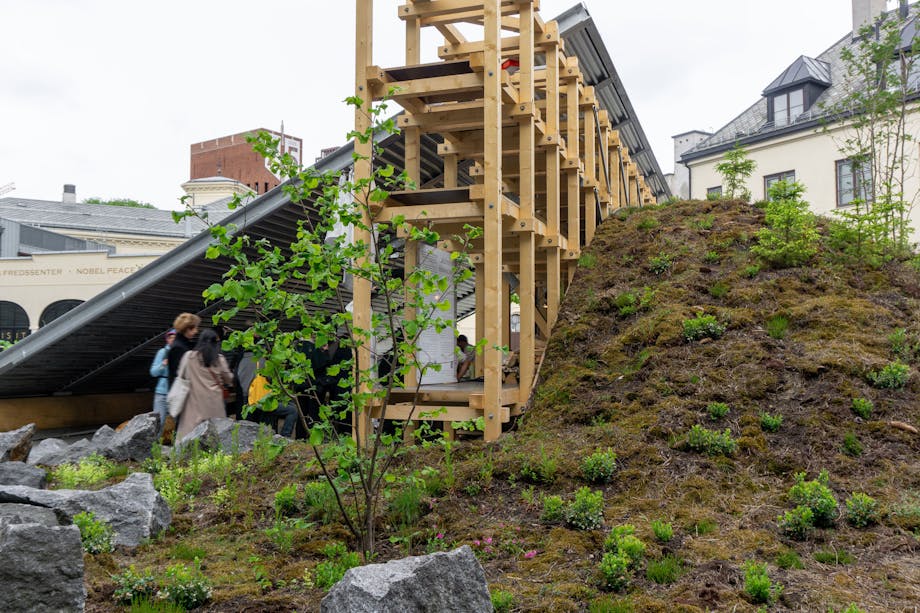
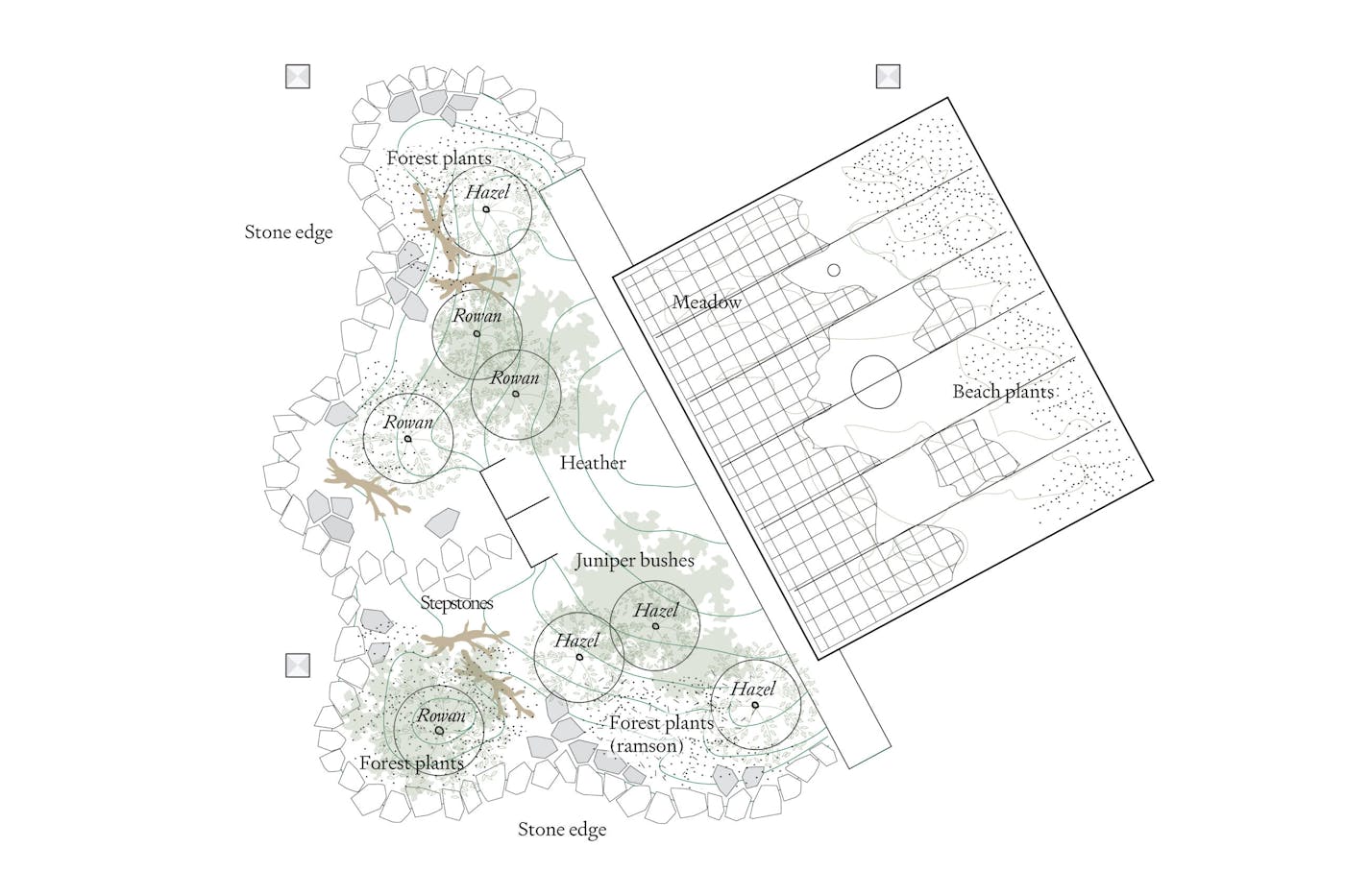
Throughout the summer 2025, the pavilion will host a large program of events, including foraging tours, lectures, and meals prepared by renowned chefs. The events aim to provide opportunities for learning, experience, and reflection.
“This pavilion doesn’t just look back at the past 20 years – it also points ahead. In many Norwegian cities, urban space design is still marked by old habits, with little room for local and wild nature. Here, we hope to inspire a new kind of urban nature – more sensuous, more place-specific, and more life-giving,” says E.C. Forfang, Lead Designer and Associate Partner, SLA.
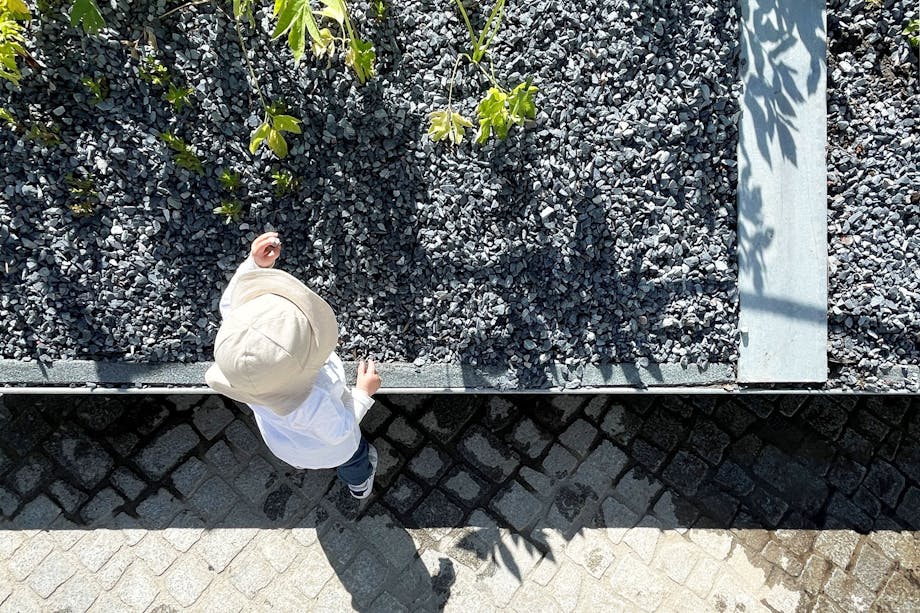
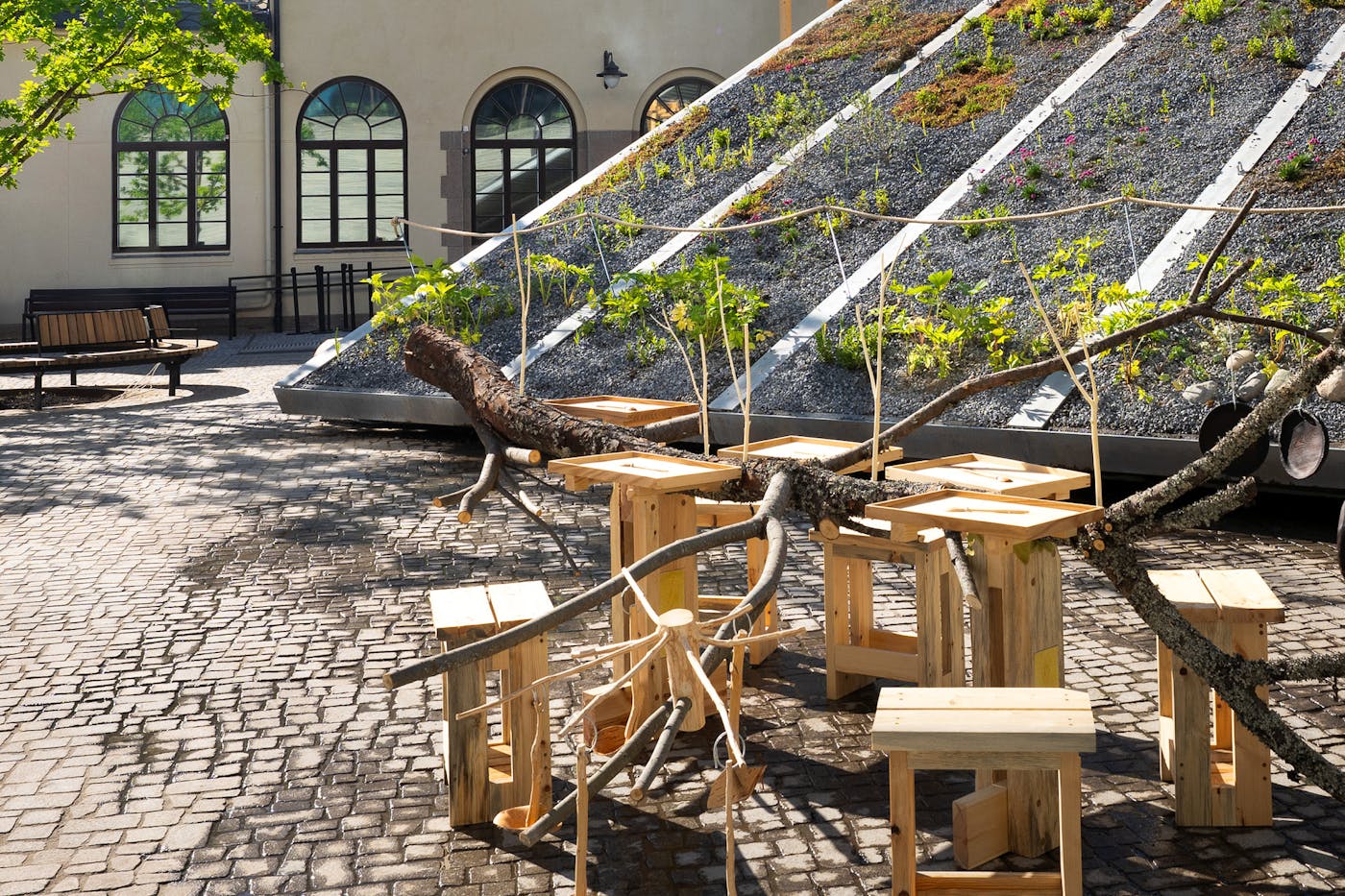
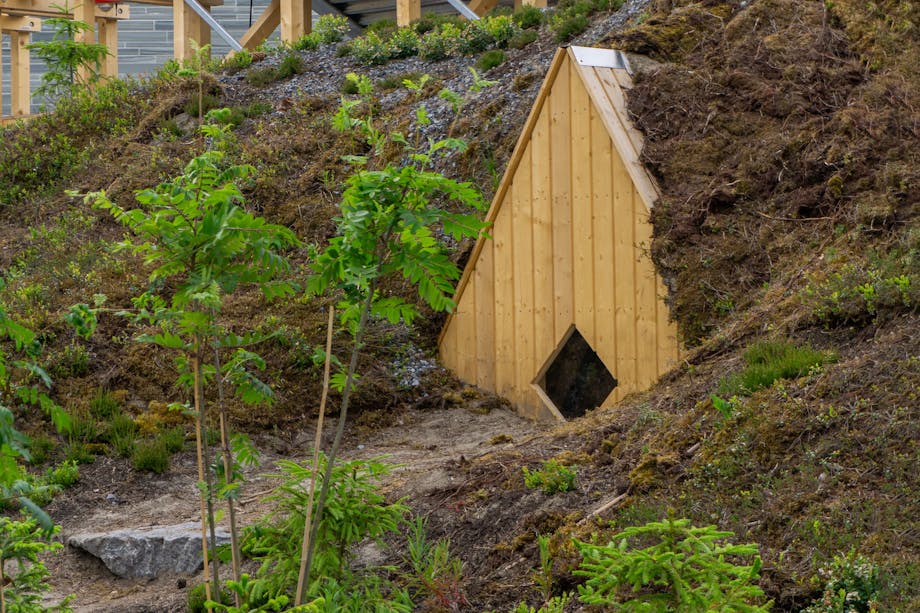
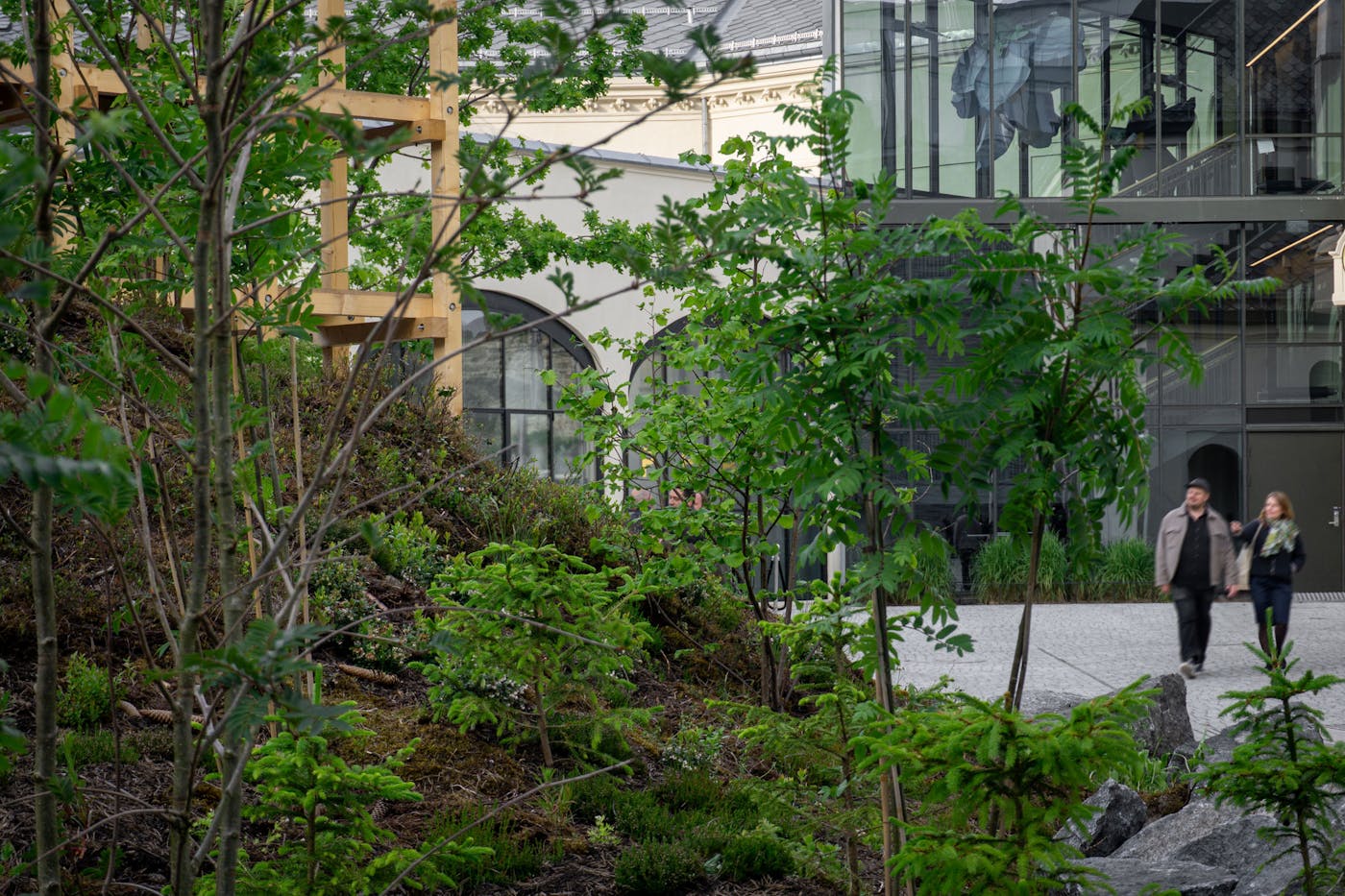
Fundamentals
Come explore the fundamentals of our office together with us




fund. 25
Roots
Read more








fund. 19
Essay: The Bark Room
Read more



fund. 26
Sound
Read more



fund. 27
White
Read more




fund. 26
Atmosphere
Read more
fund. 20
Sakuteiki
– The Book of Garden
Read more
fund. 12
Mist
Read more